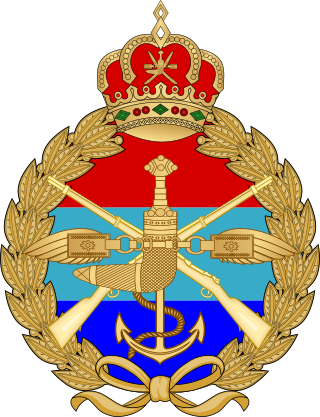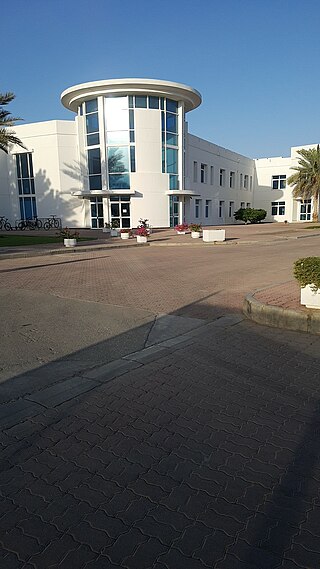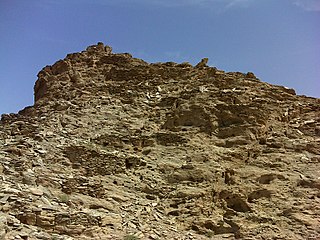
Muscat is the capital and most populated city in Oman. It is the seat of the Governorate of Muscat. According to the National Centre for Statistics and Information (NCSI), the total population of Muscat Governorate was 1.72 million as of September 2022. The metropolitan area spans approximately 3,500 km2 (1,400 sq mi) and includes six provinces called wilayats, making it the largest city in the Arabian Peninsula by area. Known since the early 1st century AD as an important trading port between the west and the east, Muscat was ruled by various indigenous tribes as well as foreign powers such as the Persians, the Portuguese Empire and the Ottoman Empire at various points in its history. A regional military power in the 18th century, Muscat's influence extended as far as East Africa and Zanzibar. As an important port-town in the Gulf of Oman, Muscat attracted foreign tradesmen and settlers such as the Persians, Balochs and Sindhis. Since the accession of Qaboos bin Said as Sultan of Oman in 1970, Muscat has experienced rapid infrastructural development that has led to the growth of a vibrant economy and a multi-ethnic society. Muscat is termed as a Beta - Global City by the Globalization and World Cities Research Network.
Al Ghubra is a suburb of Muscat, the capital city of the Sultanate of Oman. It is a developing town with a number of malls, hospitals, schools, hotels, and many local businesses. There is a sizeable number of expatriates among the locals. The beach is a long expanse of sand dunes. There are many schools here which are owned by different communities. The town is well planned and known for its lake park designed especially with a walk-path and children's playground. Al-Ghubra is Oman's most popular shopping destination, with Muscat Grand Mall Oman Avenue Mall and Panorama Mall being two of the options. Also in this area, a lot of hotels, restaurants, and coffee shops are available. Many cuisines like Indian, Chinese, Italian, Arabic, Continental, & Latin are available here.

Muttrah, administratively a wilayah (province), is located in the Muscat Governorate of Oman. Before the discovery of oil in Oman, Muttrah was the center of commerce in Oman (Muscat). It is still a center of commerce as one of the largest sea ports of the region is located there. Other landmarks include Souq Muttrah, a traditional bazaar and Sour Al-Lawatiah, a small community of houses surrounded by an old wall. To the south lies Muscat District.

Ruwi is a commercial hub and the main business area of Muscat, the capital of Oman. Attractions in Ruwi include a variety of multi-confessional religious buildings, a National Museum, a clock tower, and a park. The population of Ruwi is 85,601.
The Indian School Al Ghubra (ISG) is an independent, co-educational private day school located in the city of Muscat in the Sultanate of Oman. The school was founded in July 1990 by Indian born Omani businessman P Mohamed Ali, the managing director of Galfar Engineering and Contracting.

Muscat is a governorate of the Sultanate of Oman. Its provincial capital is Muscat, which is the largest city and only metropolis of Oman. Muscat Governorate, commonly referred to as Muscat City, is the seat of government and contains Oman's first cruise and cargo port and oil port. Its population reached 1,288,330 as of May 2015.

The Al Alam Palace is a palace located in Old Muscat, Oman. It was used as a ceremonial palace by Sultan Qaboos bin Said Al Said.
British School Muscat (BSM) is a not-for-profit, co-educational, British international day school in Muscat, Oman, that provides a comprehensive education to English-speaking expatriate pupils aged 3–18. The school follows an enhanced version of the English National curriculum. British School Muscat was established in 1971 when it was granted a Royal charter by Sultan Qaboos bin Said.
The Oman Children's Museum is a children's science museum, located near Qurum Nature Park off Sultan Qaboos Street in a white-domed building in Muscat, Oman.
The Museum of Omani Heritage is a heritage museum, located near the Ministry of Information on Al Alam Street, Muscat, Oman.

Bait Al Zubair is a museum, located on Al Saidiya Street, Old Muscat, Oman.
Oman Oil and Gas Exhibition Centre is a museum, located on Seih Al Maleh Street, Al-Qurum, Muscat, Oman.
Omani Aquarium and Marine Science and Fisheries Centre is an aquacultural museum, located between the Al Bustan Palace Hotel and the Capital Yacht near Sidab Muscat in Muscat, Oman.

The Sultan's Armed Forces Museum is a military history museum, located in the 150-year-old Bait Al Falaj Fort, once the headquarters for Sultan Said bin Sultan's Armed Forces, located on Al Mujamma Street, in the Ruwi area near Muscat, Oman. It was graciously inaugurated in 1988 by His Majesty Sultan Qaboos, who was supreme commander of the Armed Forces until his death in 2020.

Fort Al-Mirani is a fort located in the harbor of the city of Old Muscat, Oman. The fort existed prior to the Portuguese invasion and was later rebuilt by the Portuguese in 1587. The fort became the first to use cannons in Oman.

Al Bustān is a village in Muscat, in eastern Oman.. Its cemetery was used during the Samad Late Iron Age.

The American International School Muscat (TAISM) is an American curriculum international school in Muscat, Oman, serving early childhood through high school. Established in 1998, it is the sole American-only curriculum school in Oman.

Old Muscat is the original historic city of Muscat, the capital of Oman, on the coast in the Gulf of Oman.

Al-Nejd is an archaeological site in Ash Sharqiyah, Oman. It was a fortified village inhabited during the Samad Late Iron Age and possibly during Islamic times. The site was discovered in 2014 following the chance find of a coin by a local resident, and was then confirmed and dated by a team from the Ministry of Heritage and Culture. The site yielded an Abiel tetradrachm, struck in what is now the United Arab Emirates. The coin is on display in the National Museum in Muscat.

The Oman Open is a European Tour golf tournament, held at Al Mouj Golf in Muscat, Oman. When founded in 2018, it was one of five European Tour events to be staged in the Arabian Peninsula, but is currently one of six.














